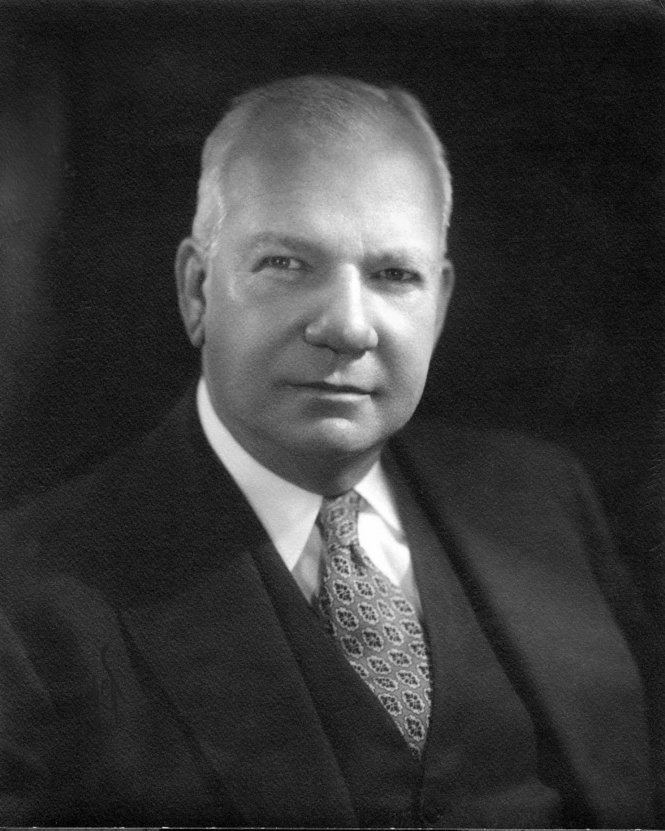Name Claude Beck Role Surgeon | Children Mary Ellen Wohl | |
 | ||
Died October 14, 1971, Cleveland, Ohio, United States | ||
70th Anniversary of the World's First Human Defibrillation
Claude Schaeffer Beck (November 8, 1894 – October 14, 1971) was a pioneer American cardiac surgeon, famous for innovating various cardiac surgery techniques, and performing the first defibrillation in 1947. He was the first American professor of cardiovascular surgery, from 1952 through 1965. Nominee for the Nobel Prize in Medicine, 1952.
Contents
- 70th Anniversary of the Worlds First Human Defibrillation
- Becks Triad Hypotension jugular venous distension distant muffled heart sound
- Family
- Biography
- Publications
- References
Beck's Triad - Hypotension, jugular venous distension, distant, muffled heart sound
Family
His daughter, Mary Ellen Wohl, became chief of the respiratory diseases division at Children's Hospital Boston, amongst other accomplishments.
Biography
Beck was born in 1894 in Shamokin, Pennsylvania. He received his medical degree in 1921 from Johns Hopkins, and in 1924 became a surgical resident at the Case Western Reserve University. Beck stayed at Case Western till his death in 1971.
In the 1930s, Beck worked on the problem of how to restore circulation to the heart, by developing a technique to implant some pectoral muscle into the pericardium, which provided an additional source of circulation. The technique received great acclaim at the time, though was eventually replaced with more modern techniques.
He performed the first "Beck I" operation (cardiopericardiopexy) in 1935. The Beck II operation came about in the late 1940s, which created a vein graft between the aorta and coronary sinus.
In 1947, he performed the first successful defibrillation. He had been operating on a 14-year-old boy with a congenital disorder, but towards the end of the surgery as the boy's chest was being closed, the boy went into cardiac arrest. Beck reopened the chest and tried to massage the heart by hand for approximately 45 minutes, before proceeding to the use of defibrillator which had been designed by Beck and built by his friend James Rand (of the Rand Development Corp.). Beck applied the paddles of the device directly to the boy's heart, and successfully brought the heart out of fibrillation. The boy made a full recovery.
Beck is also credited with describing the physiological basis for the signs of acute cardiac tamponade. The medical signs classically associated with acute cardiac tamponade are collectively called Beck's triad.
He retired in 1965, and died of a stroke in 1971.
